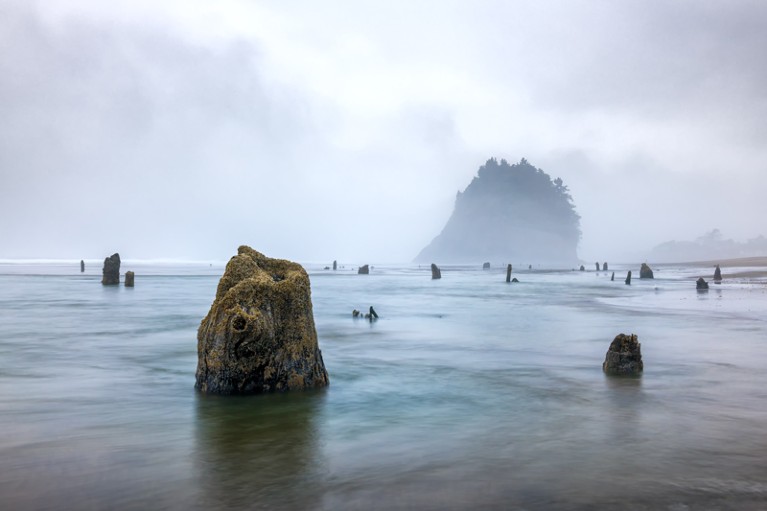The great Cascadia earthquake of 1700 shook the coasts of what are now British Columbia, Washington and Oregon so violently that afterwards, entire forests stood below sea level. Now scientists have found similarities between the Cascadia event and other huge quakes that help to illuminate the seismic danger facing the region.
Erin Wirth and Arthur Frankel at the US Geological Survey in Seattle, Washington, developed a model to describe ground movement during the Cascadia quake, which is estimated to have been a magnitude 9 — as large as a 2011 earthquake in Tohoku, Japan that killed roughly 20,000 people. The team analysed three scenarios for the Cascadia fault’s motion to determine which could have led to the geologic changes created by the Cascadia quake.
The most accurate scenario exhibited features of the 2011 Japanese quake and a 2010 magnitude-8.8 quake in Maule, Chile. During both, parts of the Earth deep within the fault zone trembled at high frequencies, radiating energy that shook the ground above.
If the Cascadia fault were to generate a quake similar to the one in 1700, then officials might want to prepare for high-energy shaking in some areas near the fault.



